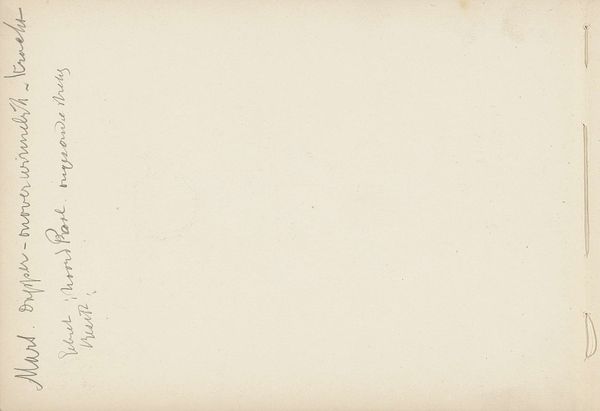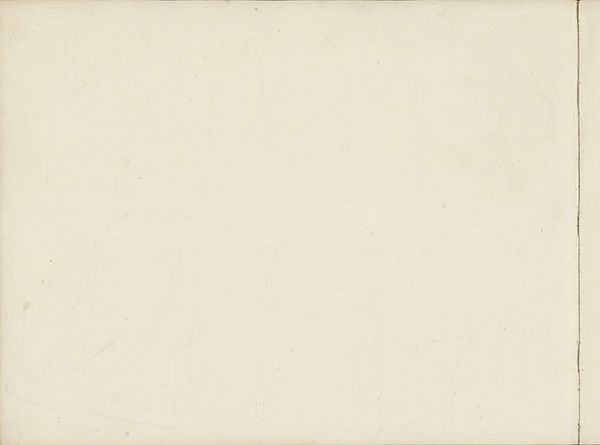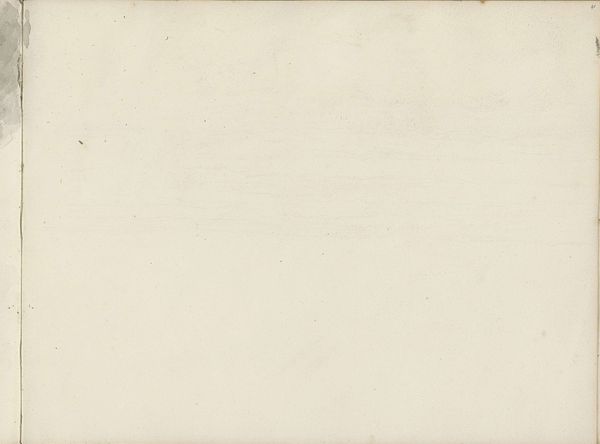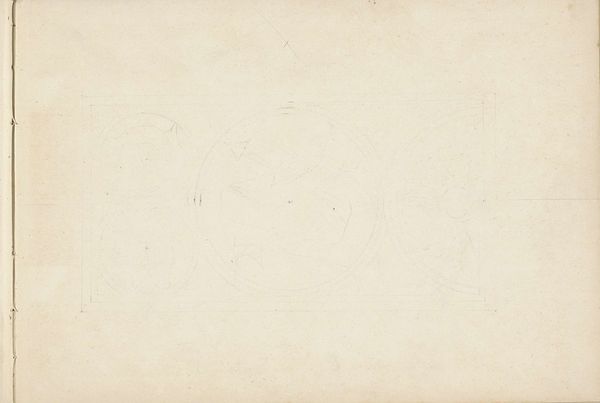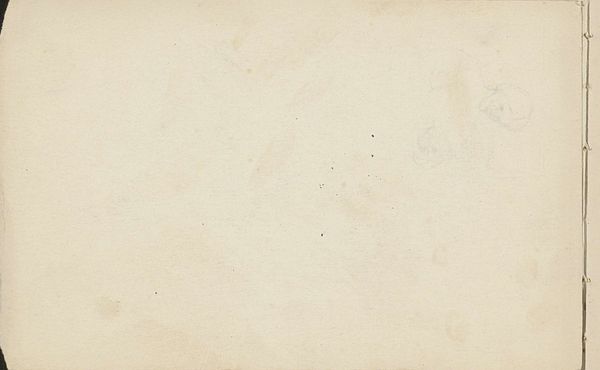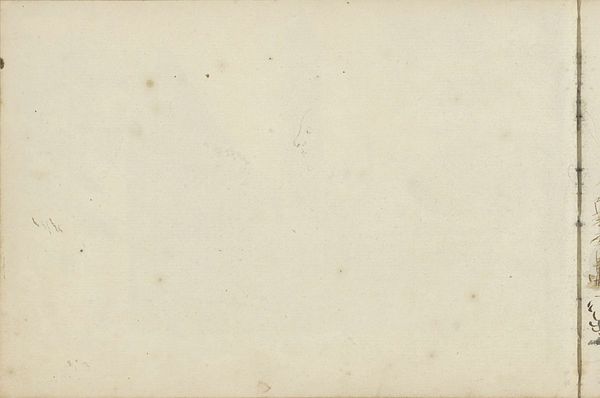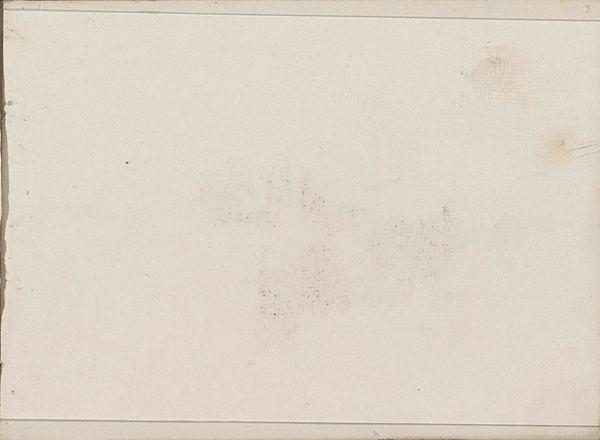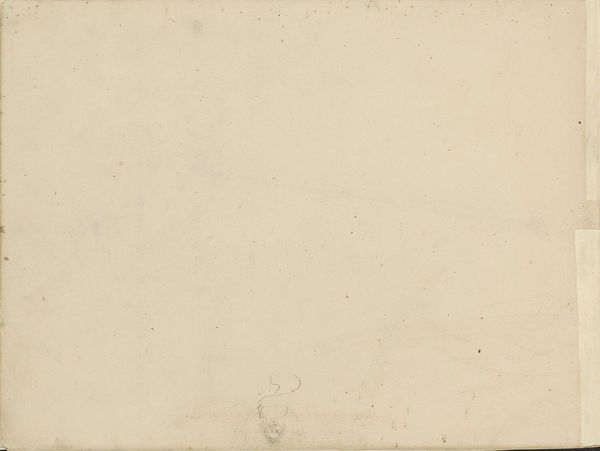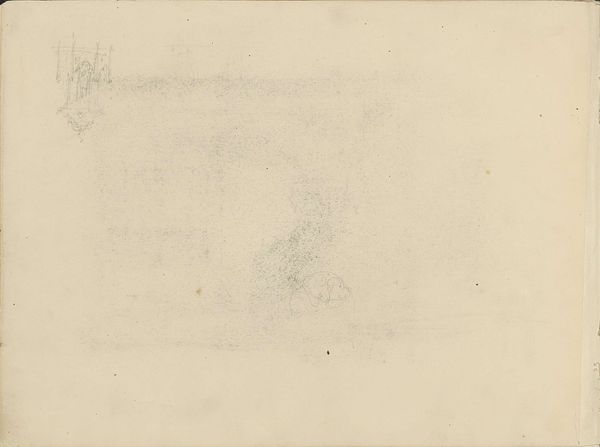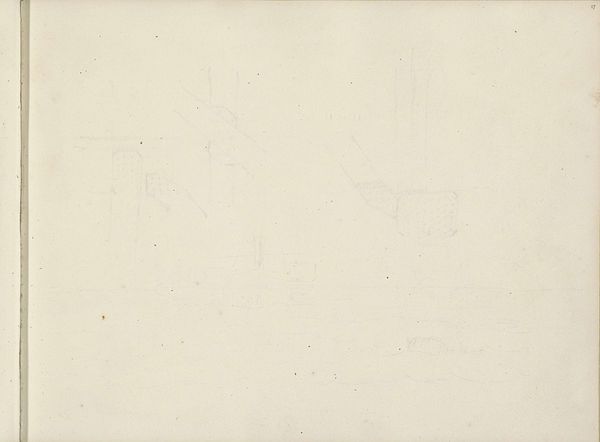
drawing, pencil, graphite
#
drawing
#
romanticism
#
pencil
#
line
#
graphite
#
academic-art
Copyright: Rijks Museum: Open Domain
This preliminary drawing was made by Petrus Johannes Schotel sometime between 1823 and 1865 using graphite and paper. At first glance, it seems unremarkable. But look closer and you'll notice the faint lines, the ghostly traces of a composition emerging from the blank page. This is the subtle artistry of graphite on paper; we can imagine Schotel carefully applying the graphite, building up the forms, then rubbing it away to create atmospheric effects. Paper production itself, even in the 19th century, was a complex industrial process, involving laborers and machinery. While graphite pencils may seem like humble tools, they are central to a history of art. This is where ideas take shape. It's a reminder that every artwork, no matter how seemingly simple, is the product of many hands and many processes, and an understanding of materials, techniques, and context can transform our appreciation.
Comments
No comments
Be the first to comment and join the conversation on the ultimate creative platform.


